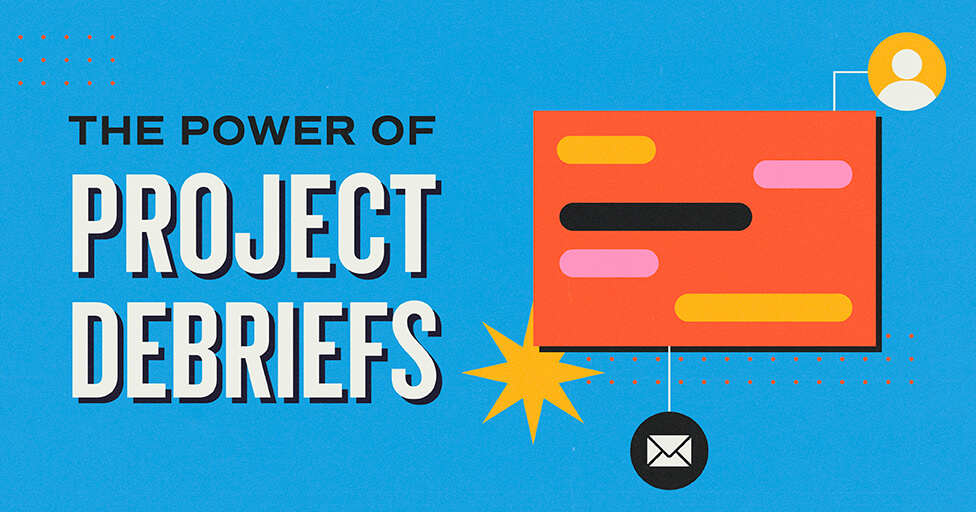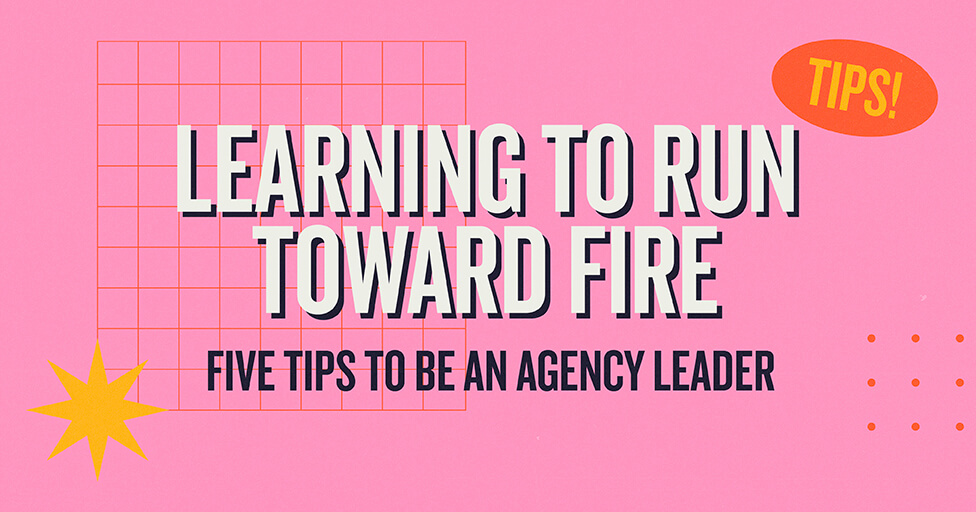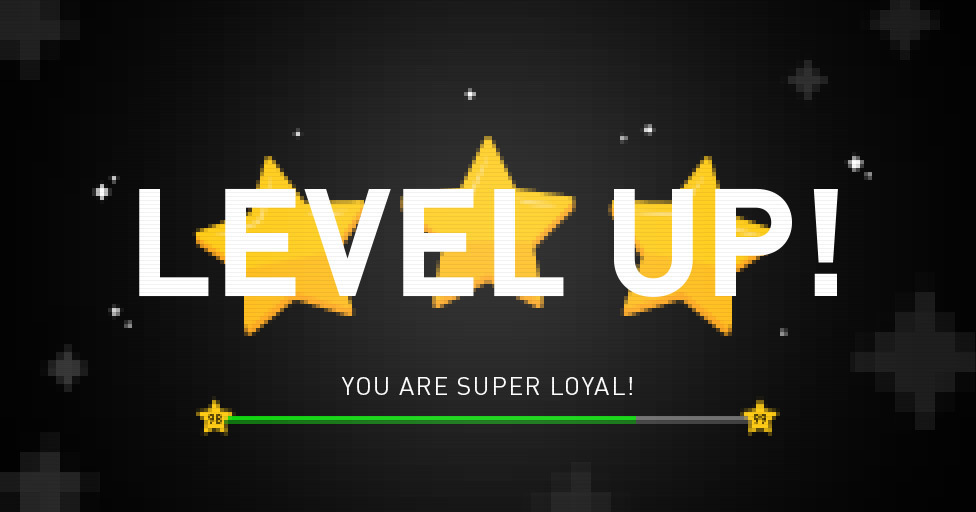
It’s no secret: the MBB office is full of Starbucks loyalists. Whether it be Double Star Day or a surprise BOGO offer, we’re always conspiring to head to the closest Starbucks to get our fix. Do we always plan these trips? No. But when our phones nudge us with a new offer from the Starbucks app, it’s hard to say no.
Even though the Starbucks rewards program only hands out $0.08 in rewards per dollar spent, there’s something about the ongoing quest for more stars and incremental savings that gets us hooked.
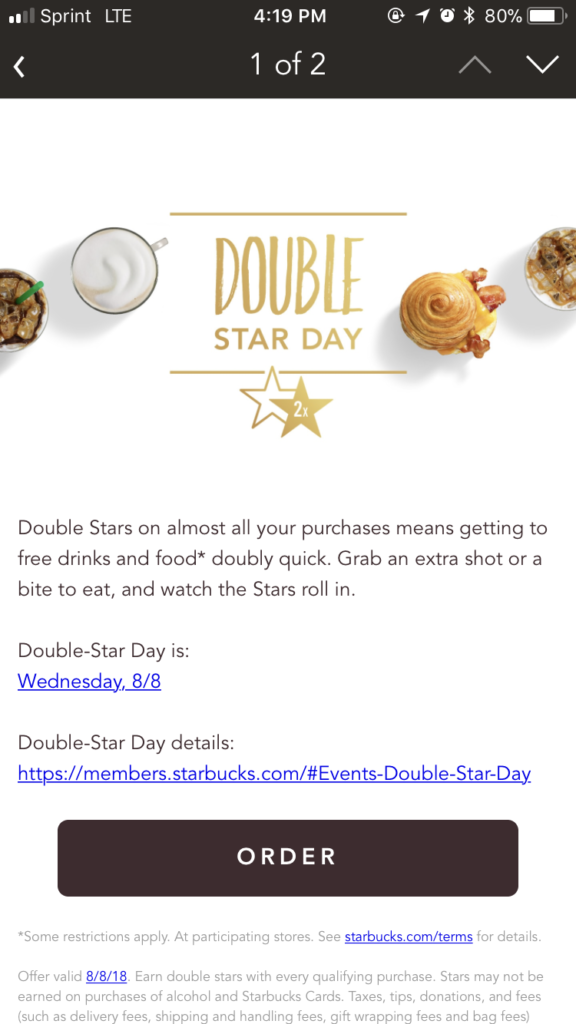
Starbucks isn’t necessarily price-sensitive or convenient. So what is it about their loyalty program that keeps consumers gunning for more stars and more benefits?
Personalization
In our consumer-first society, personalization is a key component in any advertising strategy. For loyalty programs, this means giving consumers benefits and product recommendations that are tailored to their purchase patterns. According to DMNews, Starbucks is now capable of producing 400,000 variants of hyper-personalized emails each week, calling out offers that are uniquely generated based on each individual customer’s behaviors and marked preferences. They’re able to accomplish this because they’ve collected specific, personal data from their customers.
Younger generations tend to be more comfortable providing personal information that older generations might consider private: in fact, they even want brands to ask for it. According to a report done by Bond Insights, 87 percent of loyalty program members are interested in having details of their activity and behavior monitored in order to receive access to personalized rewards or engagement.
Learning what your consumers are purchasing and tailoring rewards to be relevant to this purchase activity makes consumers feel like your brand is really getting to know them. Not only does it build brand trust, but it also presents abundant upsell opportunities and leads to a higher likelihood that consumers will redeem offers that adhere to their behavior. It’s a consumer-brand win-win.
Seamless Mobile Experience
One of the things our team loves most about the Starbucks app is that when we’re ready to redeem our rewards, we can place our order straight from the app so it’s waiting for us when we walk up to the counter. And when our non-member coworkers want to jump on the caffeine bandwagon, we’ll just add their order to ours and use another seamless mobile app, Venmo, to square up with each other before we even walk out the door.
The best mobile apps remove friction that could cause a consumer to reconsider their decision to purchase. Often, the amount of time between “Do you want anything from Starbucks?” and an order being placed is literally seconds.
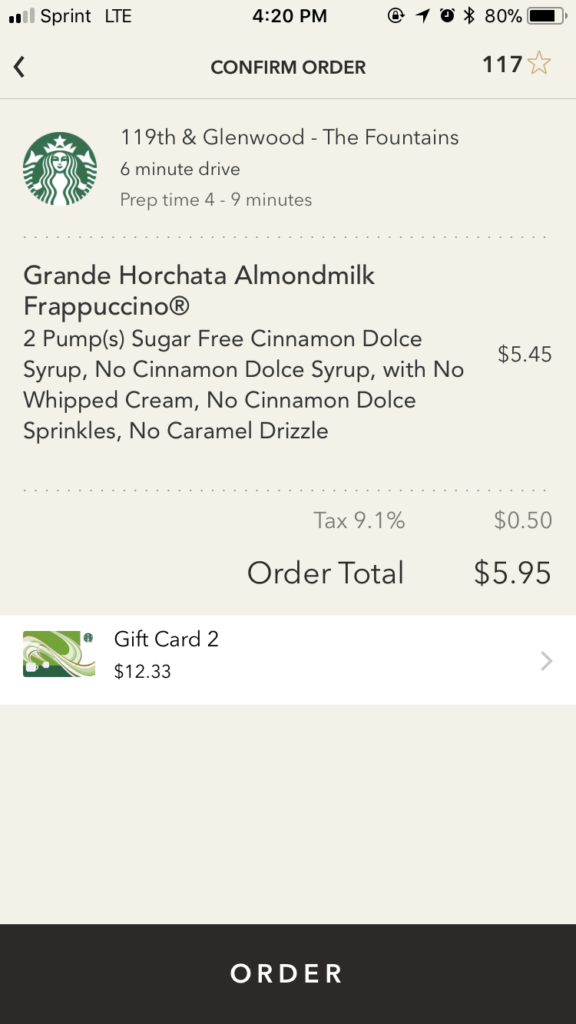
Gone are the days of keeping track of coffee shop punch cards and scratch-off rewards. In order to stay relevant, loyalty programs need to provide a seamless mobile experience that requires consistent engagement and is easy-to-use and highly interactive.
Exclusiveness
It’s no secret that the MBB Starbucks fans love to brag about their loyalty status. If you’re not familiar with the program, you essentially earn “stars” for each purchase made at Starbucks. If you get to 300 stars in 12 months (basically $150 in purchases), you’ll reach the coveted “gold” status and unlock even more rewards and perks. This status comes with a special gold card that lets everyone know you’re a Starbucks VIP.
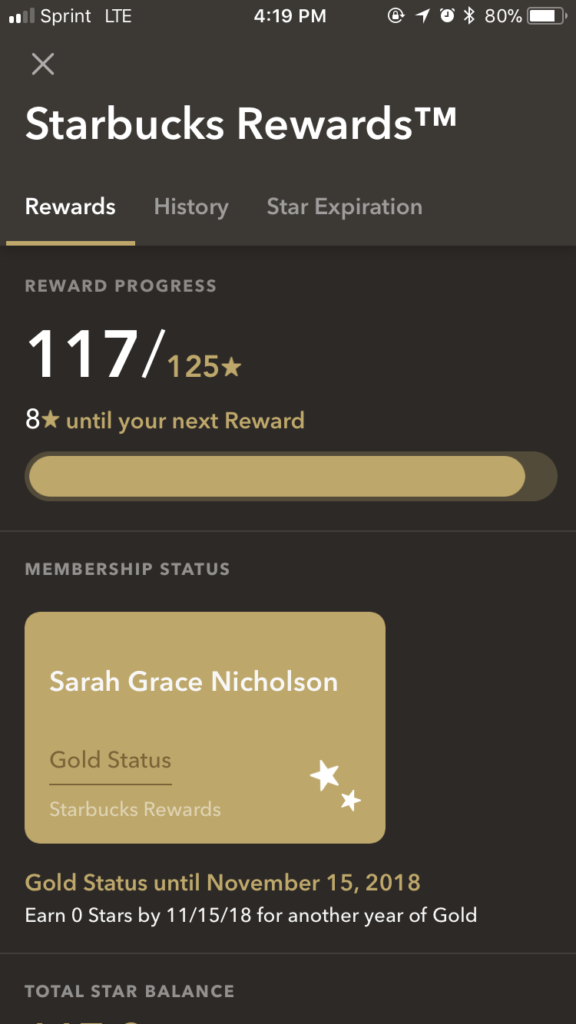
Tier-based programs are effective because people like to feel like they’re part of something, especially when they’re one of the few members of an exclusive elite. In fact, according to The Loyalty Report of 2018, 37 percent of customers are willing to pay a fee for an enhanced tier of membership in their loyalty programs.
Research has found that implementing premium tiers in a loyalty program results in a “bystander result” that is important to examine. The less prestigious members of a club are likely to feel envy when they witness the treatment of elite members, often resulting in an increased desire to achieve a higher level. This intriguing phenomenon allows brands to monitor not only the way that their elite members are reacting to the rewards they garner, but the way that others are reacting to seeing those rewards being handed out.
Takeaway
Loyalty programs can be difficult to devise, and like any relationship, the amount of give and take from each party needs to be balanced. Both the consumer and the brand need to feel like they’re receiving worthwhile benefits; otherwise, someone will initiate a breakup. For the consumer, benefits are often preferred in terms of free merchandise, coupons, discounts, and exclusive membership treatment.
With 6 million sales per month, the Starbucks rewards program is a prime example of a successful loyalty strategy. But you don’t have to be a billion-dollar franchise to implement a valuable rewards program. By focusing on the desires of the consumer and leveraging personal data in a strategic way, brands can begin to build a successful loyalty program that will keep consumers coming back for more.
Want to talk more about driving loyalty for your brand or just grab some coffee together? Give us a shout.
Subscribe to our newsletter
Get our insights and perspectives delivered to your inbox.
